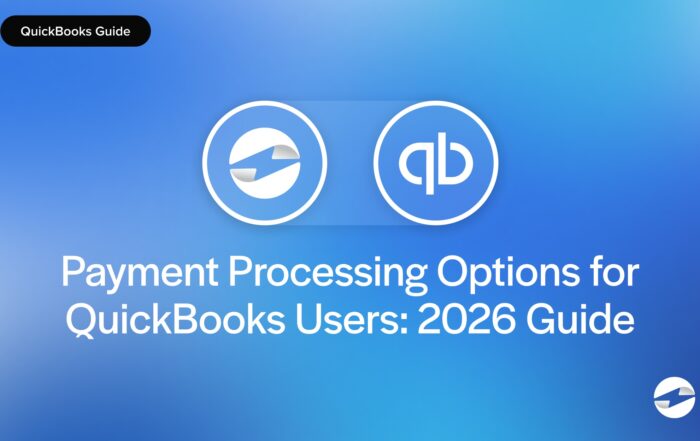What is a debit note?
A debit note is a document used in business transactions to formally request a credit or show that money is owed. A buyer often issues it to a seller to indicate that goods were returned, billed incorrectly, or damaged and that the invoice amount should be reduced. Think of it as the buyer’s way of saying, “We need to adjust this amount.” Debit notes help keep financial records clean and are commonly used in B2B accounting.
Key Points
- A debit note is a formal document issued by a buyer to request an adjustment to an invoice. Typically due to issues like damaged goods, short shipments, or billing errors. It’s a way to communicate that the original amount owed should be reduced.
- Debit notes play a key role in accurate accounting records. They serve as documentation for adjustments in accounts payable and receivable.
When is a debit note used in accounting?
A debit note is typically used when the buyer needs to formally notify the seller of a discrepancy or adjustment related to a purchase. Common scenarios include receiving damaged goods, short shipments, overbilling, or returning goods. In accounting, issuing a debit note helps document these adjustments in the books. The note serves as a source document for updating accounts payable and receivable. It ensures both parties are aligned on changes to the original transaction and leaves a paper trail to refer to later if needed.
In some industries, debit notes are also part of a billback system, where the buyer issues formal documentation to claim post-invoice adjustments, such as for missing products, promotional allowances, or damage-related credits. These billbacks ensure both parties maintain accurate records and resolve discrepancies without issuing immediate refunds or returns.
What is a debit note example?
Let’s say a company orders 100 units of a product but receives only 90. The buyer would issue a debit note to the seller for the value of the 10 missing units. If each unit costs $50, the debit note would reflect $500. By issuing the debit note, you are making sure you’re not overstating expenses or paying for items you never received in the books. Another example might be if the items arrived damaged, and the buyer wants to document the issue to reduce the payable amount formally. Whether the items are usable or not, you should never pay full price for a damaged item. Even if the packaging is damaged, it can warrant a debit note due to aesthetic or resale concerns (even though the product is intact). Sometimes, it’s just easier to keep the item than to return it, and that’s why some businesses may opt to keep slightly damaged products. If the product is completely broken, you should request a refund immediately.
How to make a debit note
Creating a debit note is a simple but important process for maintaining accurate financial records. Whether you’re dealing with missing goods, damaged items, or a billing error, a debit note lets you formally notify the seller and request an adjustment to the original invoice. Here’s how to create one:
- Add Basic Details: Start by including the debit note number and date of issue. It helps to use a consistent numbering system (e.g., DN-2025-001) to help track and reference the document.
- Include Buyer and Seller Information: List your company’s name, address, and contact details, followed by the same for the seller. This way, both party’s information is included.
- Reference the Original Invoice: Mention the original invoice number and date. This connects the debit note to the specific transaction that needs adjustment. Do not forget to do this, as this is probably one of the more important steps here.
- Provide a Clear Itemized Breakdown: Use a table or bullet points to explain the reason for the debit. This might include returned items, undelivered quantities, or damaged goods. Specify quantities, unit prices, and the total amount being debited.
- Add Supporting Notes: Include any relevant notes, such as the reason for the debit or a reference to a purchase order or contract. If applicable, you can also add payment terms (e.g., Net 30 days).
- Sign and Send: Have an authorized person sign the debit note and send it to the seller.
Once received, the seller can then issue a credit note in response, adjusting the original invoice accordingly.
You May Also Like
Read More
Read More
EBizCharge Listed as a 2025 Construction Executive Top Construction Technology Firm
Read More



